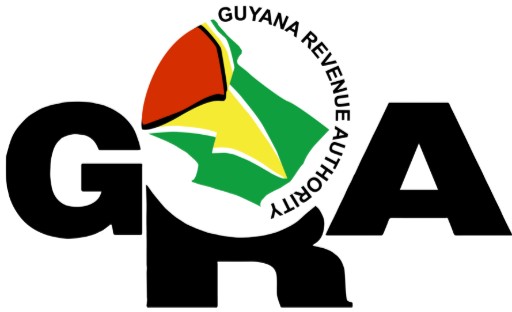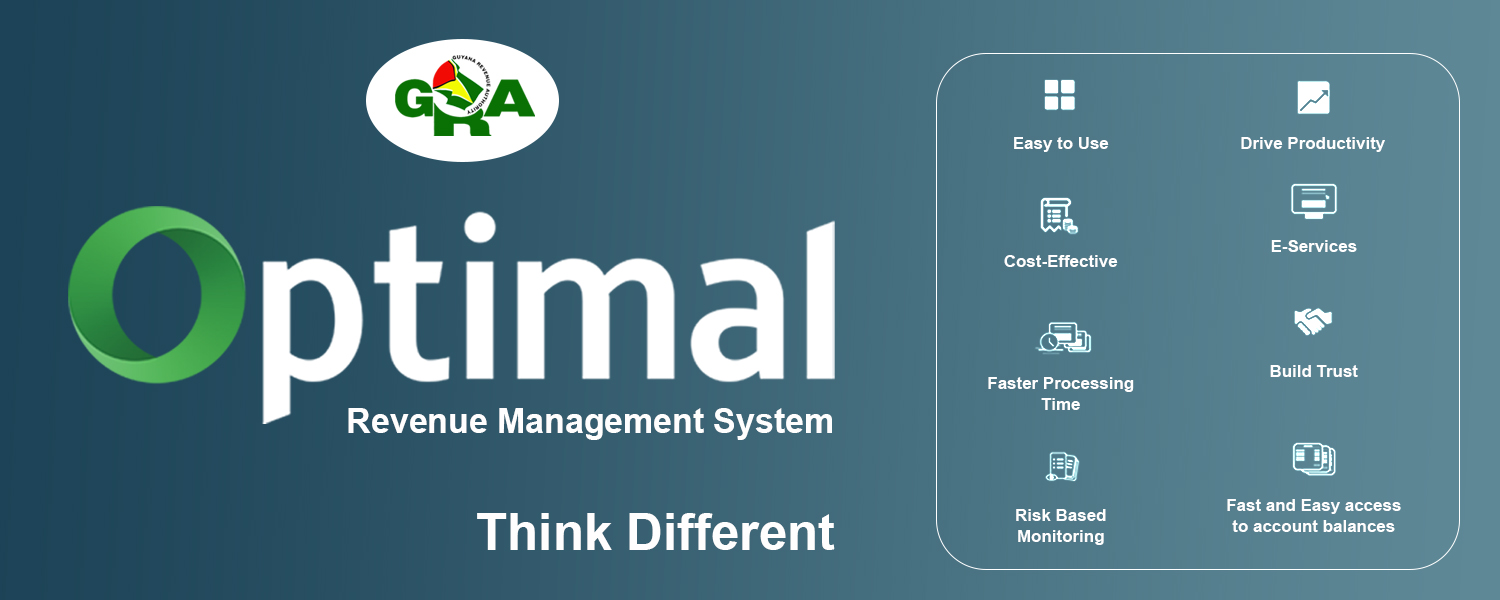VAT Rates
Value Added Tax (VAT) is a 14% tax on all local or imported goods and services, except if those goods or services are Exempt.
Calculations
A simple way to calculate VAT is to apply the formula R/ (1+R); R is the rate of tax applicable to 14%. The VAT fraction is [14 %/ (1+14%)] which is equal to 7/57.
a) The VAT fraction is also used to calculate the amount of tax paid by consumers in cases where the consumer wants to know how much VAT was paid. An example of this is found below:
- A businessman sells a case of soft drink (soda) for $1,000 VAT inclusive to a consumer. The consumer wishes to determine how much VAT was paid; the same principle is applied using the VAT fraction (7/57).
$1000 x 7 = $7000
$7000/57 = $123
In this instance, the consumer would have paid $123 in VAT.
b) The Guyana Revenue Authority (GRA) uses the VAT fraction when businesses which are registered for VAT fails to charge the Tax. An example of this is found below:
- A businessman sells a case of soft drink (soda) for $1,000 and does not charge VAT, the GRA will apply the VAT fraction (7/57) as set out below:
$1000 x 7 = $7000
$7000/57 = $123
The business person will have to account to the GRA for $123 VAT on the sale made.
How should a person registered for VAT, pay over that charge to the GRA
The tax that must be paid over to the GRA by a business person who is registered to charge VAT, is the amount that remains after:
- The total amount in VAT he/she paid when purchasing/importing goods/supplies for the month (Input VAT Credits) minus The total amount in VAT sold to consumers for the month (Output VAT Credits)
- If the business person was unable to sell enough items to consumers for the month and his/her purchases are more than his/her sales, the unsold amount must be taken over to the next month’s supply stock. However, if after six months the same items have not been sold, the person may apply to the GRA for a refund for the supplies remaining.
Mixed Supplies
The formula A*B/C should be used for businesses that sell both goods that attracts VAT and goods that do not attract VAT.
- A is the total amount in purchases for supplies and imports during the month that the business can claim.
- B is the total amount is VAT sales made by the business during the month.
- C is the total amount of all supplies available during the month.

